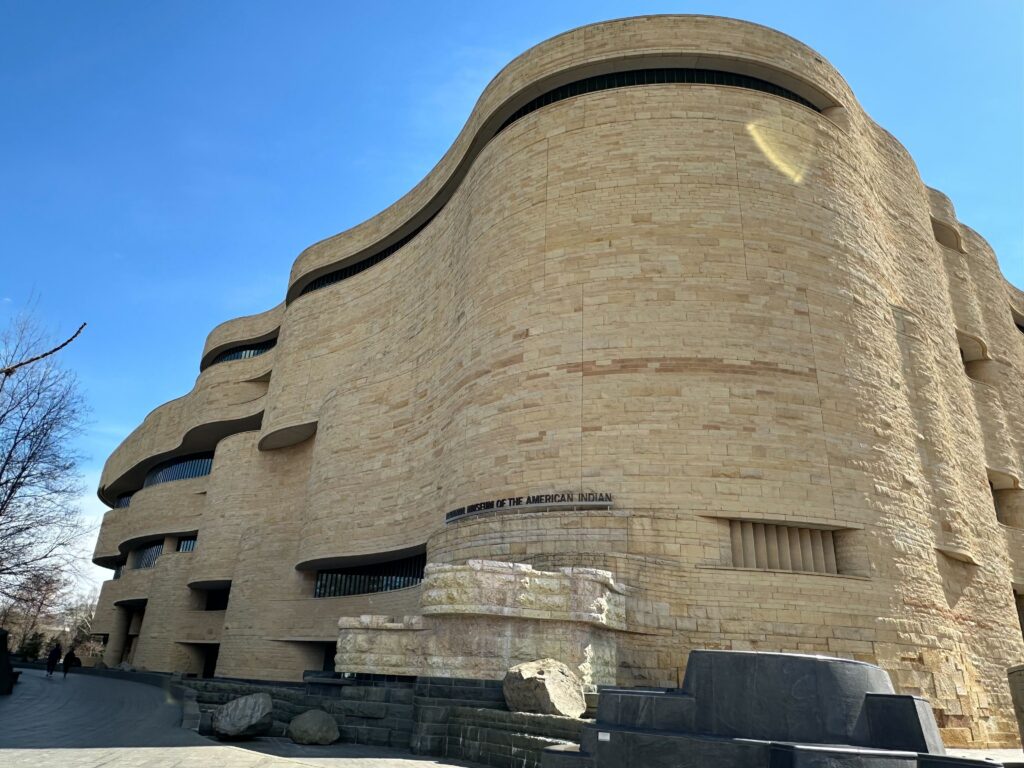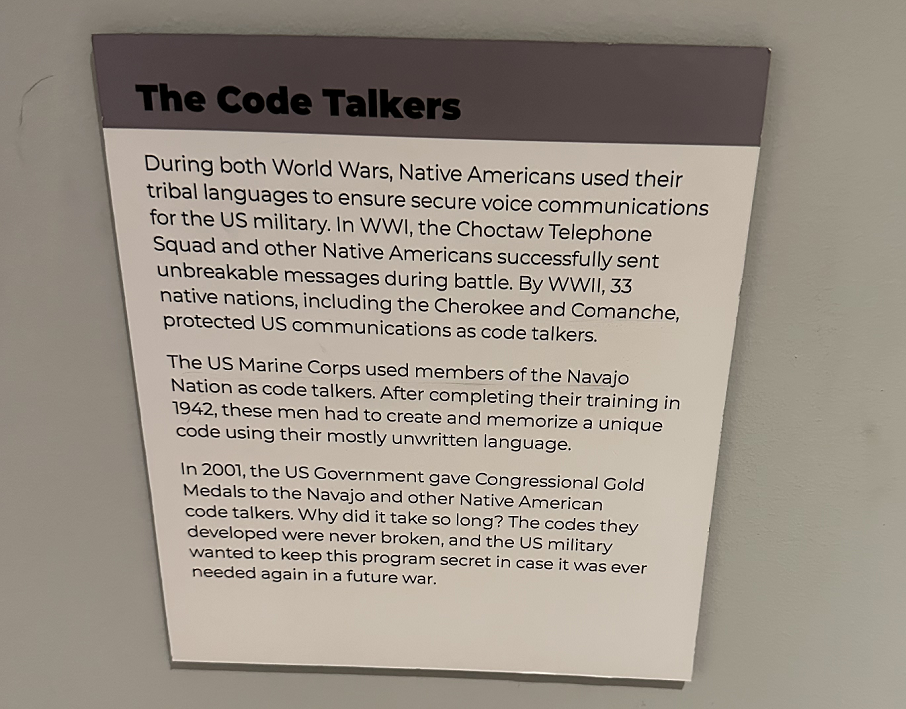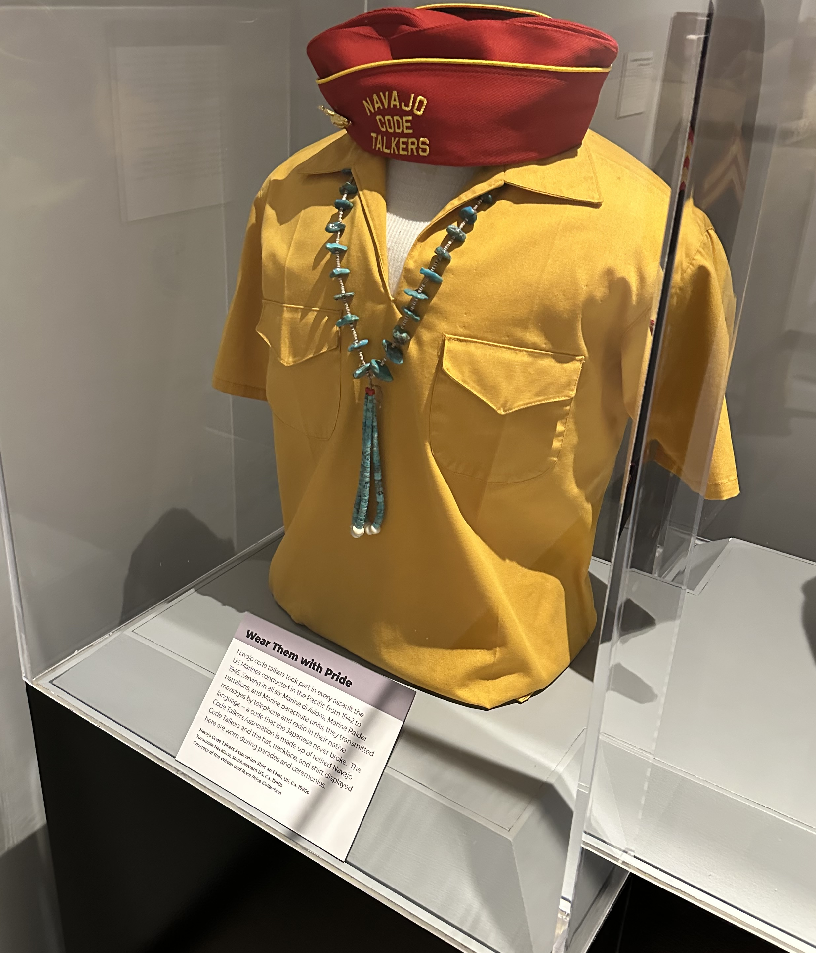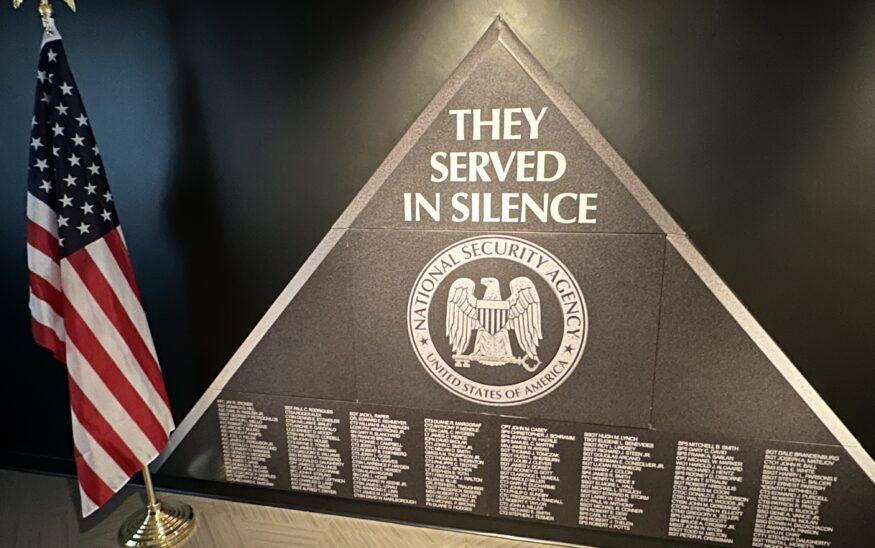Wisconsin Interstate named after Ho-Chunk World War II ‘Code Talkers’
By: Steve Schuster, [email protected]//March 25, 2024//
Wisconsin Interstate named after Ho-Chunk World War II ‘Code Talkers’
By: Steve Schuster, [email protected]//March 25, 2024//
They served in silence. During both World Wars, Native Americans utilized their tribal languages for the U.S. Military to secure communications to fight fascism and Nazis, according to the National Security Agency (NSA).
On Monday, Wisconsin Governor Tony Evers signed a measure (Senate Bill 633) officially designating part of I-90 in Western Wisconsin as “the Ho-Chunk World War II Code Talkers Memorial Highway.”
Evers along with Ho-Chunk Nation President John Greendeer, bill authors, local officials, citizens of the Ho-Chunk Nation, and members of the community attended the bill signing ceremony in Baraboo.
“This is a significant moment not only for the 14 Ho-Chunk code talkers we are recognizing today but for future generations to learn more about what these exceptional individuals did to influence the course of history using the language we have worked so hard to preserve,” said Ho-Chunk President Greendeer.
“The preservation of our Native language is something we are committed to seeing continued, and it is wonderful to celebrate this effort in this way,” said Representative Kristin WhiteEagle, District II Ho-Chunk Nation Legislator.
Evers said he is committed to working with tribal leaders to preserve culture and strengthen relationships.
“Over the last five years, we have been proud to work together with Indigenous communities and leaders to bolster Native language and cultural preservation efforts, and this has been critical to our ongoing work to strengthen our government-to-government relationships with the Native Nations,” said Evers.
“Signing this bill today is a continuation of those efforts, and this designation will cement the incredible history of the Ho-Chunk code talkers in our collective narrative and highlight these individuals’ important contributions for folks, families, and visitors to learn about.”

According to the National Museum of the American Indian in Washington, D.C., during World Wars I and II, Native Americans from across the country and more than 20 Native Nations were enlisted to perform the incredible task of using their Indigenous languages to communicate sensitive wartime information. Often working in pairs, code talkers would relay and receive messages in highly dangerous situations as radiomen would be targeted by enemy fire to limit the transmission of information.
“The efforts of code talkers helped secure victories in some of the greatest battles of the 20th Century and were essential in securing an Allied victory in World War II, as their coded messages were never deciphered by the Axis forces,” Ever said, noting code talkers were instructed to keep their work a secret. The program was declassified in 1968, and code talkers did not begin receiving Congressional Gold Medals to recognize their service and sacrifice until 2001.
According to an exhibit honoring the Code Talkers at the NSA headquarters in Maryland, the Native American “Code Talkers” had memorize code using mostly their native language.
According to the Central Intelligence Agency (CIA), the ‘code talkers’ earned a reputation for their quickness delivering unbreakable encrypted messages.
“In the heat of battle, it is of the utmost importance that messages are delivered and received as quickly as possible. It is even more crucial that these messages are encoded so the enemy does not know about plans in advance,” CIA officials said in a written article.
“The Code Talkers successfully translated, transmitted and re-translated a test message in two and a half minutes. Without using the Navajo code, it could take hours for a soldier to complete the same task,” CIA officials added.

In 2008, Congress passed the “Code Talkers Recognition Act of 2008” for the purpose of issuing Congressional Medals in recognition of Native American code talkers’ service.
To date, the U.S. Department of Defense has recognized and listed 14 veterans from the Ho-Chunk Nation who served as code talkers. Other tribes more widely known who Navajo and the Sioux-Lakota.

Senate Bill 633, now 2023 Wisconsin Act 216:
• Designates and requires the marking of Interstate 90 from the Minnesota border in La Crosse County to the intersection of Interstate 90 and Interstate 94 in Monroe County as the Ho-Chunk World War II Code Talkers Memorial Highway; and
• Lists the 14 Ho-Chunk code talkers that the federal Department of Defense has recognized, as well as specifically include “any other unidentified Ho-Chunk World War II code talkers.”
Legal News
- Wisconsin attorney loses law license, ordered to pay $16K fine
- Former Wisconsin police officer charged with 5 bestiality felony counts
- Judge reject’s Trump’s bid for a new trial in $83.3 million E. Jean Carroll defamation case
- Dozens of deaths reveal risks of injecting sedatives into people restrained by police
- The Latest: Supreme Court arguments conclude in Trump immunity case
- Net neutrality restored as FCC votes to regulate internet providers
- Wisconsin Attorney General asks Congress to expand reproductive health services
- Attorney General Kaul releases update at three-year anniversary of clergy and faith leader abuse initiative
- State Bar leaders remain deeply divided over special purpose trust
- Former Wisconsin college chancellor fired over porn career is fighting to keep his faculty post
- Pecker says he pledged to be Trump campaign’s ‘eyes and ears’ during 2016 race
- A conservative quest to limit diversity programs gains momentum in states
WLJ People
- Power 30 Personal Injury Attorneys – Russell Nicolet
- Power 30 Personal Injury Attorneys – Benjamin Nicolet
- Power 30 Personal Injury Attorneys – Dustin T. Woehl
- Power 30 Personal Injury Attorneys – Katherine Metzger
- Power 30 Personal Injury Attorneys – Joseph Ryan
- Power 30 Personal Injury Attorneys – James M. Ryan
- Power 30 Personal Injury Attorneys – Dana Wachs
- Power 30 Personal Injury Attorneys – Mark L. Thomsen
- Power 30 Personal Injury Attorneys – Matthew Lein
- Power 30 Personal Injury Attorneys – Jeffrey A. Pitman
- Power 30 Personal Injury Attorneys – William Pemberton
- Power 30 Personal Injury Attorneys – Howard S. Sicula












